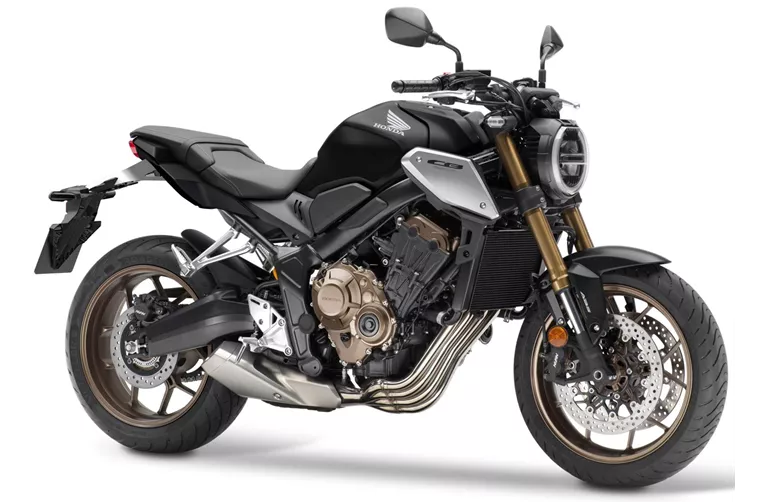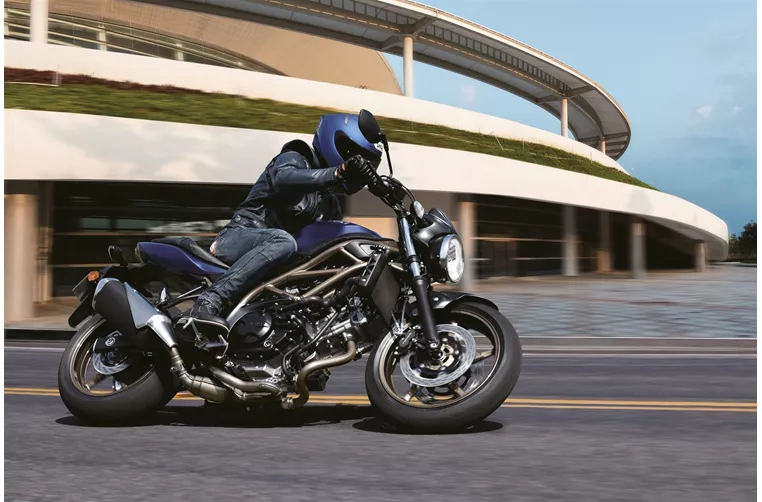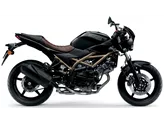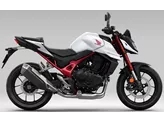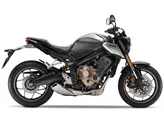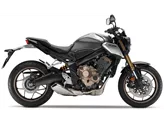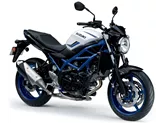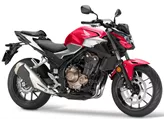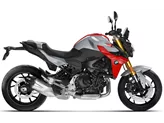Honda CB650R 2021 vs. Suzuki SV 650 2023
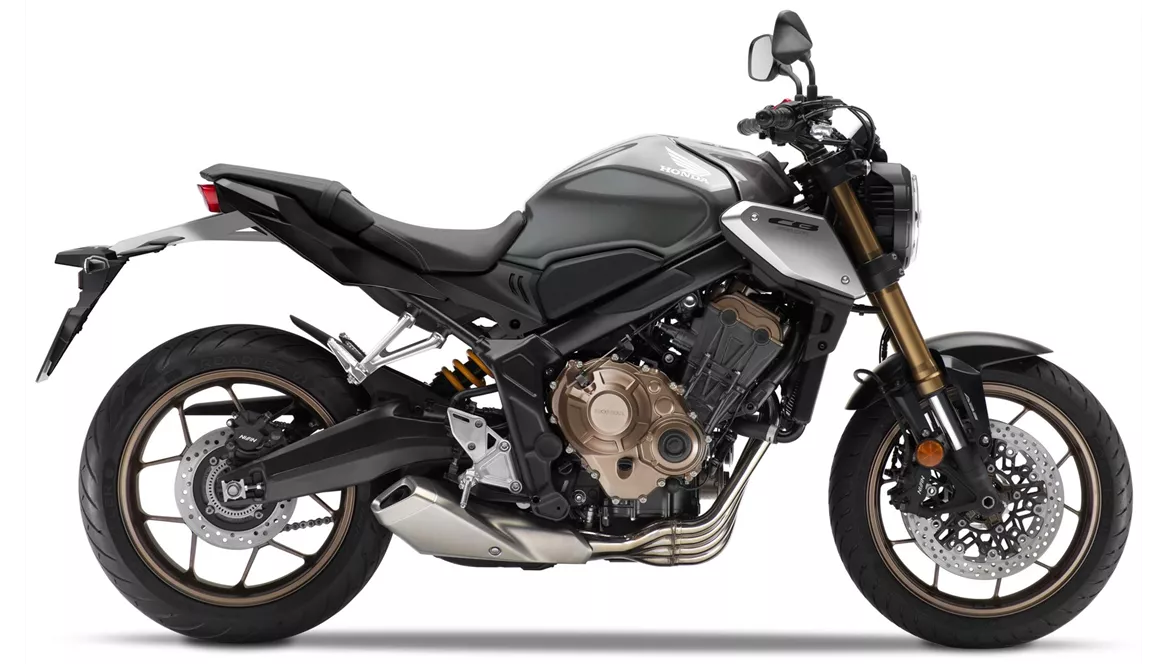
Honda CB650R 2021
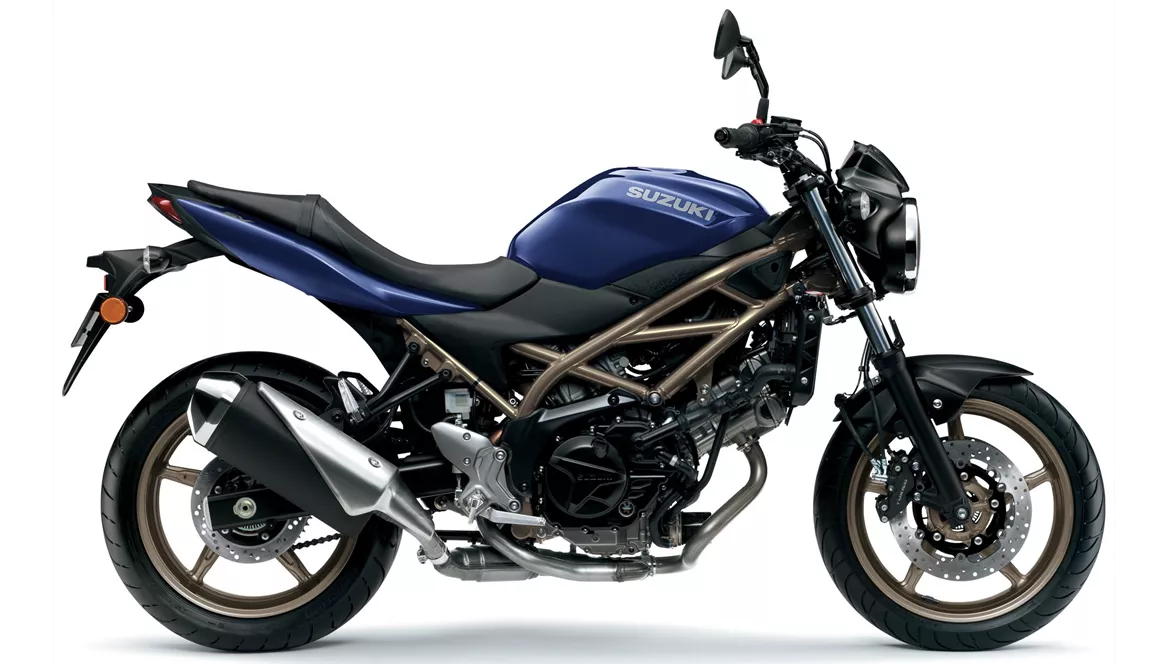
Suzuki SV 650 2023
Overview - Honda CB650R 2021 vs Suzuki SV 650 2023
The Honda CB650R 2021 and the Suzuki SV 650 2023 are both naked bikes that offer a sporty and stylish riding experience. However, there are several key differences between the two models.
In terms of engine performance, the Honda CB650R 2021 features an in-line four-cylinder engine with a power output of 95 HP and a torque of 63 Nm. On the other hand, the Suzuki SV 650 2023 is equipped with a V-twin engine that produces 73 HP of power and 64 Nm of torque. While the Honda CB650R has a higher power output, the Suzuki SV 650 offers slightly more torque.
Both bikes have fuel injection systems and liquid cooling, ensuring efficient and reliable performance. The Honda CB650R has a displacement of 649cc, while the Suzuki SV 650 has a slightly smaller displacement of 645cc.
In terms of suspension, both bikes feature a swing arm with a monoshock rear suspension and preload adjustment. However, the Honda CB650R has an upside-down telescopic fork for the front suspension, while the Suzuki SV 650 has a standard telescopic fork. The Honda CB650R also has an aluminum rear suspension, while the Suzuki SV 650 has a steel rear suspension.
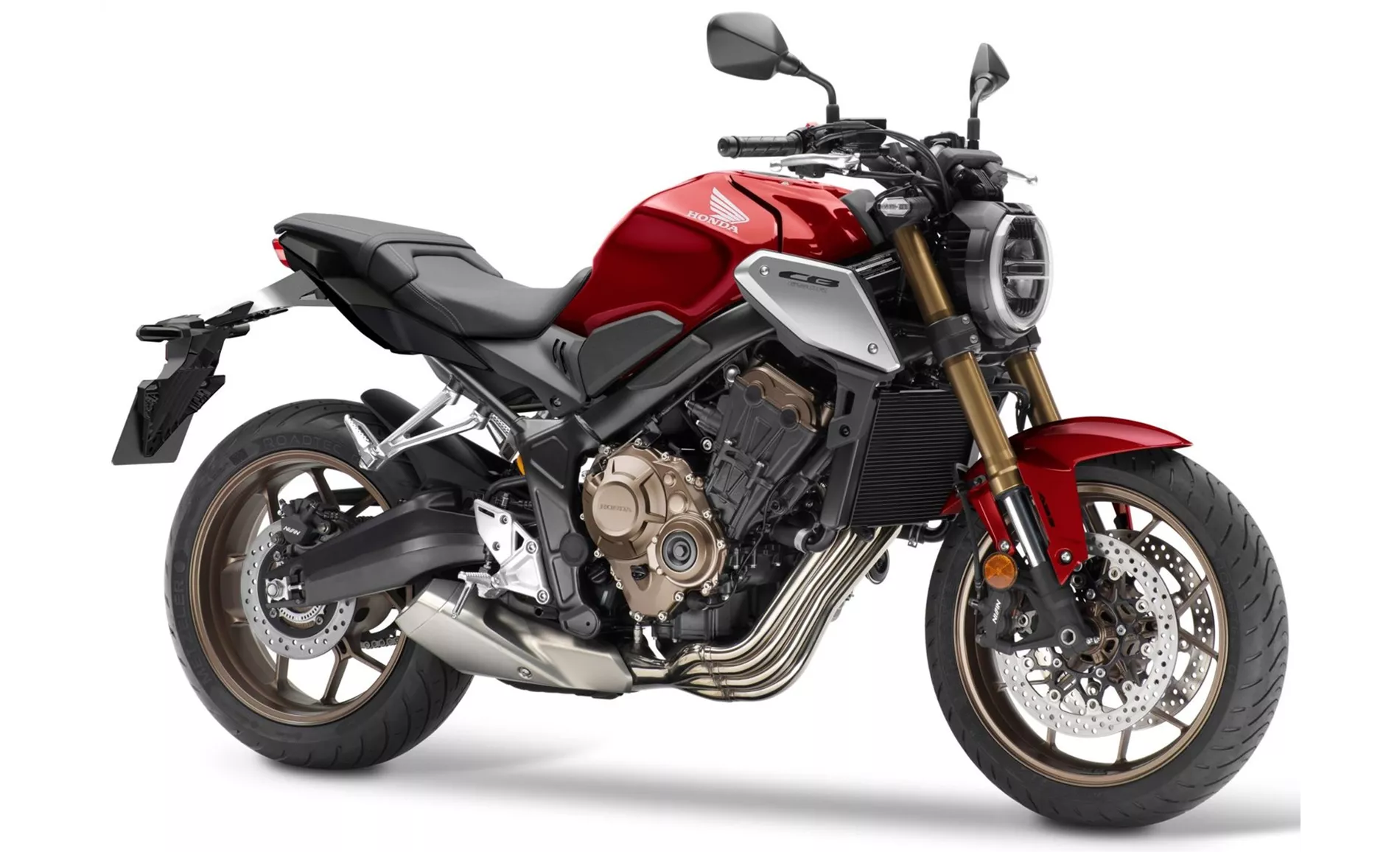
Honda CB650R 2021
In terms of braking, both bikes have double disc brakes at the front with four-piston calipers. The Honda CB650R has larger diameter discs at 310mm compared to the Suzuki SV 650's 290mm discs. However, the Suzuki SV 650 has a slightly narrower rear tire width of 160mm compared to the Honda CB650R's 180mm rear tire width.
Both bikes come with ABS as part of their advanced rider assistance systems, providing added safety and control on the road. However, the Suzuki SV 650 lacks additional electronic features, while the Honda CB650R has a more comprehensive set of instruments and features.
In terms of dimensions and weights, the Honda CB650R has a slightly longer wheelbase at 1450mm compared to the Suzuki SV 650's 1445mm. The seat height of the Honda CB650R is also slightly higher at 810mm compared to the Suzuki SV 650's 785mm. The Honda CB650R is slightly heavier with a kerb weight of 202.5kg compared to the Suzuki SV 650's 200kg.
Both bikes have similar fuel tank capacities, with the Honda CB650R having a capacity of 15.4 liters and the Suzuki SV 650 having a capacity of 14.5 liters. However, the Suzuki SV 650 has a slightly longer range with a combined fuel consumption of 4.1 l/100km compared to the Honda CB650R's 4.9 l/100km.
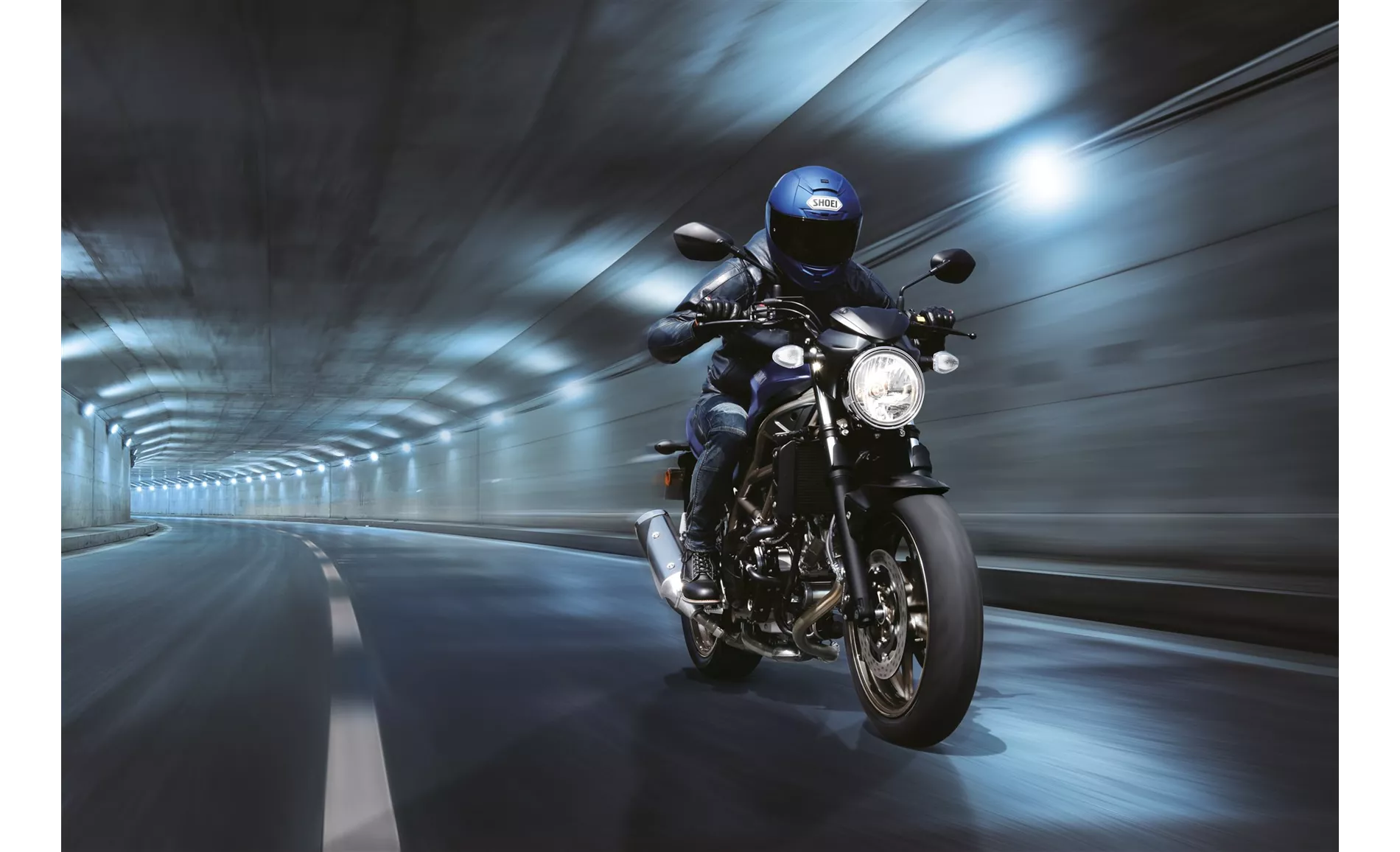
Suzuki SV 650 2023
In terms of strengths, the Honda CB650R has a stylish Neo Sports Cafe design, making it visually appealing. It is also suitable for beginners and offers a good price-performance ratio. The engine of the Honda CB650R revs up smoothly and it has a low fuel consumption.
On the other hand, the Suzuki SV 650 has the advantage of being powered by a V-twin engine, which is a unique feature in its class. It offers a beginner-friendly seating position and easy handling. The timeless look of the Suzuki SV 650 is also a notable strength.
However, both bikes have their weaknesses. The Honda CB650R may not provide enough space for tall riders and has a mediocre equipment level. It is also considered relatively chubby and lacks punch from the rev range. The Suzuki SV 650 requires more manual force for braking and lacks electronic features apart from ABS. The instruments on the Suzuki SV 650 are also moderately readable.
In conclusion, the Honda CB650R 2021 and the Suzuki SV 650 2023 are both capable naked bikes with their own strengths and weaknesses. The Honda CB650R offers more power and a higher level of equipment, while the Suzuki SV 650 stands out with its V-twin engine and beginner-friendly characteristics. Ultimately, the choice between the two models will depend on the rider's personal preferences and priorities.
Technical Specifications Honda CB650R 2021 compared to Suzuki SV 650 2023
Pros and Cons in comparison
Pros and Cons in comparison
Honda CB650R 2021

13 out of a possible 24 points mean 5th place in the large mid-range naked bike comparison test 2021. The Honda puts up a good fight against the technically more advanced competition and can leave a motorbike behind despite its position as an outsider. Pleasing looks, accessible riding and the low price make the shortcomings that were brought to light in the direct comparison fade into the background.
Suzuki SV 650 2023
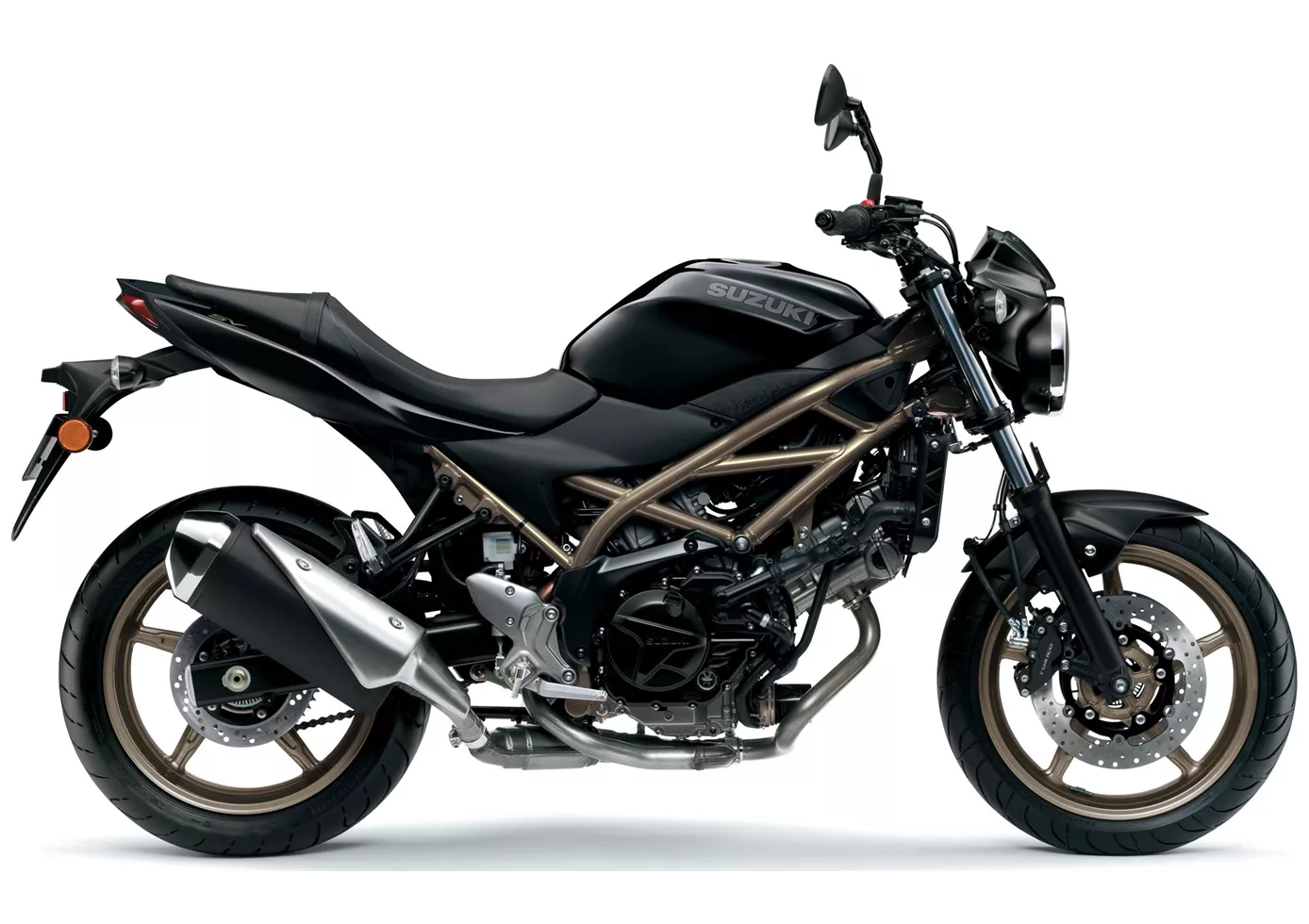
The Suzuki SV 650 has been on the market for 25 years, longer than any other motorbike. The engine has been updated to Euro5 and is now even more mature, which clearly fits in with the rest of the package. The SV 650 doesn't want to scare anyone, especially beginners. The chassis makes a solid, unagitated impression, the brakes require a lot of manual force to prevent unexpected overbraking. The look is timeless on the one hand, but on the other hand some components are really a bit outdated. On the other hand, the price is fair, as usual for Suzuki.
Price Comparison Avarage Market Price Honda CB650R vs Suzuki SV 650
There are a few key differences between a Honda CB650R 2021 and a Suzuki SV 650 2023. In terms of price, the actual average price of a Honda CB650R 2021 is about 10% higher. Compared to Suzuki SV 650 2023 there are less Honda CB650R 2021 bikes available on the 1000PS.de Marketplace, specifically 11 compared to 125. It takes less time to sell a Honda CB650R with 63 days compared to 133 days for a Suzuki SV 650. Since model year 2019 1000PS.de editors have written 23 reviews for the Honda CB650R and 25 reviews for the Suzuki SV 650 since model year 2005. The first review for the Honda CB650R was published on 08/10/2018 and now has more than 53,700 views. This compares to more than 14,200 views for the first review on Suzuki SV 650 published on 26/09/2008.
